Over 36 million people in the US now practice yoga, seeking calm and relief from daily stress. Setting up a soothing space and starting with easy poses can make a noticeable difference in how you feel both physically and mentally. Even simple breathing techniques and gentle movements help steady your nerves and clear your mind. By taking a few mindful steps, anyone can unlock the restorative power of a home yoga session.
Quick Summary
| Key Point | Explanation |
|---|---|
| 1. Create a calming yoga space | Choose a quiet area with good light, clean away clutter, and consider adding plants for serenity. |
| 2. Use essential yoga props | Incorporate blocks, straps, bolsters, and blankets to enhance comfort, support, and safety during practice. |
| 3. Practice foundational breathing techniques | Techniques like Nadi Shodhana and Bhramari promote calmness and deepen your meditative state. |
| 4. Perform beginner yoga poses for stress relief | Engaging in poses like Cat Cow and Child’s Pose helps release tension and promote relaxation. |
| 5. Track relaxation results regularly | Maintain a reflection journal to evaluate physical and emotional changes after each practice to recognize your progress. |
Table of Contents
- Step 1: Prepare Your Space For A Calming Yoga Session
- Step 2: Select Essential Props For Comfortable Practice
- Step 3: Practice Foundational Breathing Techniques
- Step 4: Perform Key Beginner Yoga Poses For Stress Relief
- Step 5: Evaluate Physical And Mental Relaxation Results
Step 1: Prepare Your Space for a Calming Yoga Session
Creating a peaceful yoga environment transforms a simple stretching session into a deeply rejuvenating experience. According to YogRun, setting up the right space is key to unlocking mindfulness and tranquility.
Start by selecting a quiet area in your home where interruptions will be minimal. This could be a spare room, a corner of your bedroom, or even a cleared out living room space. The goal is to find a spot that feels comfortable and allows you to disconnect from daily stress.
Light and ventilation are crucial. Choose a well lit area with natural sunlight if possible, which helps boost your mood and energy. Open a window or ensure good air circulation to keep the space feeling fresh and inviting. Soft, neutral tones work best for creating a calming atmosphere consider light blues, soft greens, or gentle grays for your background.
Pro Tip: Add a small plant or two in your yoga space. Greenery not only purifies the air but also creates a sense of natural serenity.
Prepare your space by clearing out clutter. A clean, organized area helps clear your mind and reduces distractions. Lay out a comfortable yoga mat and keep a few props nearby like blocks, a blanket, or a bolster. If you enjoy aromatherapy, consider a subtle essential oil diffuser with calming scents like lavender or chamomile.
Finally, minimize electronic distractions. Silence your phone or place it in another room. This dedicated time is about connecting with yourself and finding inner peace. Your next step will be selecting gentle, relaxing music or embracing the natural sounds around you as you begin your yoga journey.
Step 2: Select Essential Props for Comfortable Practice
Imagine yoga props as your personal support team helping you achieve comfort and proper alignment during your practice. According to Wikipedia’s research on yoga props, tools like blocks, straps, bolsters, and blankets are not just accessories but essential companions for practitioners of all levels.
Let’s start with yoga blocks. These versatile rectangular supports are game changers for both beginners and advanced yogis. Wikipedia notes that blocks can bring the floor closer to you or provide critical joint support during challenging poses. Whether you’re working on flexibility or need extra stability, blocks help you modify poses safely.
A yoga strap is another fantastic prop that extends your reach and helps you explore deeper stretches without strain. Think of it like a flexible arm that bridges the gap between where you are and where you want to be in a pose. Wrap it around your feet during seated forward folds or use it to gently pull yourself into a more comfortable stretch.
Pro Tip: Choose props made from sustainable materials like cork or recycled foam to align with an eco conscious yoga practice.
Bolsters and blankets are perfect for restorative practices. These soft supports create comfortable foundations for relaxation poses, helping you release tension and find deeper relaxation. A bolster under your knees during savasana can reduce lower back strain, while a folded blanket can provide cushioning for sensitive joints.
Remember that using props is not a sign of weakness but a smart approach to practicing yoga mindfully. They help you maintain proper alignment, prevent injury, and make challenging poses more accessible.
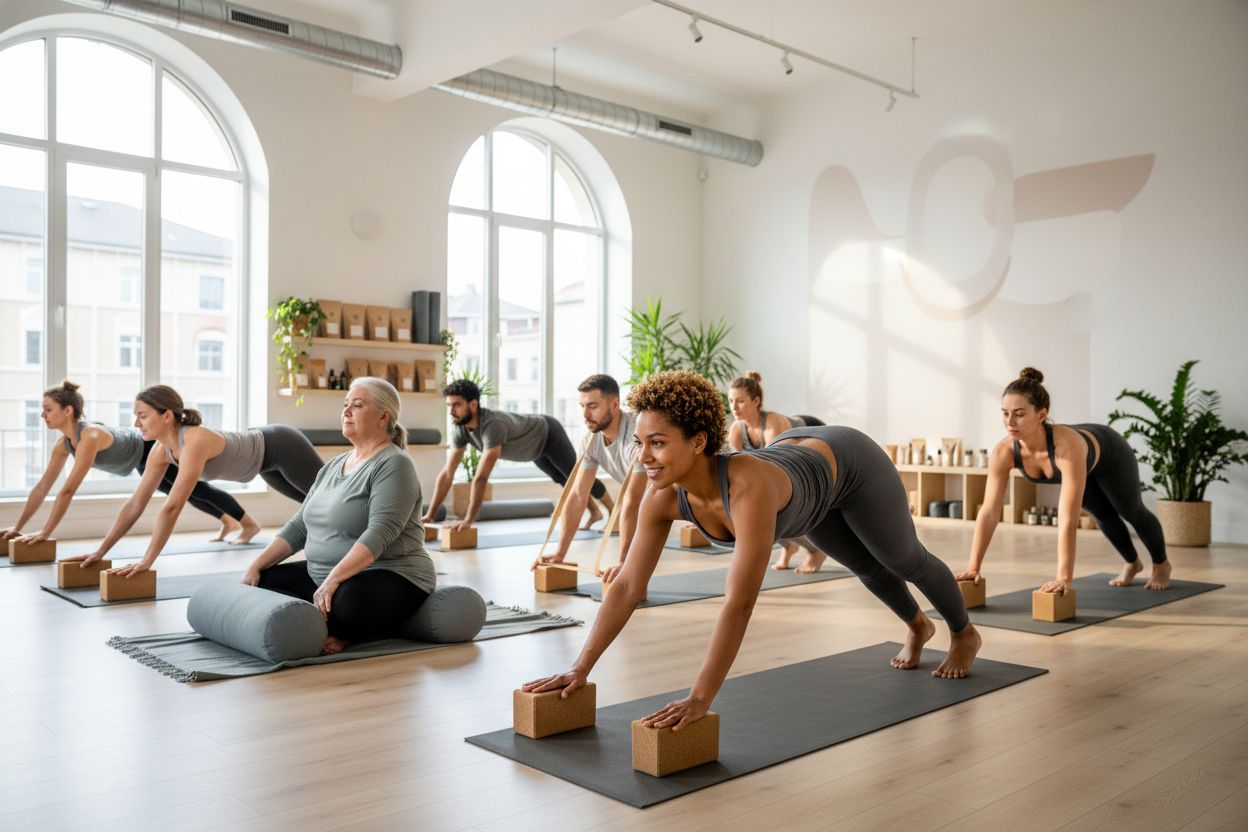 Your next step is learning how to integrate these props smoothly into your yoga routine.
Your next step is learning how to integrate these props smoothly into your yoga routine.
Here’s a summary of essential yoga props and their benefits:
| Prop | Main Use | Key Benefit |
|---|---|---|
| Yoga Block | Support in poses Stability |
Improves alignment |
| Yoga Strap | Extend reach Assist stretching |
Deepens flexibility |
| Bolster | Cushion for relaxation poses | Enhances comfort |
| Blanket | Joint protection Support |
Adds cushioning |
Step 3: Practice Foundational Breathing Techniques
Breath is the secret gateway to transforming your yoga practice from simple physical movement to a deeply meditative experience. According to Times of India, specific breathing techniques called pranayama can dramatically reduce anxiety and enhance mental clarity.
Let’s start with a beginner friendly technique called Nadi Shodhana or alternate nostril breathing. Sit comfortably with your spine straight and use your right thumb to gently close your right nostril. Inhale slowly through your left nostril, then close the left nostril with your ring finger and exhale through the right. This pattern helps balance your energy and calm your nervous system.
Another powerful technique is Bhramari or the humming bee breath. Close your eyes and take a deep breath in. As you exhale, make a soft humming sound like a bee. The vibration creates an immediate sense of calm and can help release tension from your mind and body. It feels almost like an internal massage for your nervous system.
Pro Tip: Practice these breathing techniques with a gentle mindset. There is no perfect way only your way.
Wikipedia highlights Bhastrika pranayama as a dynamic breathing method involving rapid diaphragmatic inhalations and exhalations. This powerful technique can help clear energy blockages and support mental awakening. However, start slowly and listen to your body the breath should never feel forced or uncomfortable.
Remember that breathing techniques are a skill you will develop over time. Be patient with yourself and enjoy the journey of discovering how your breath can transform your inner landscape. Your next step is to explore how these breathing practices integrate with your physical yoga poses.
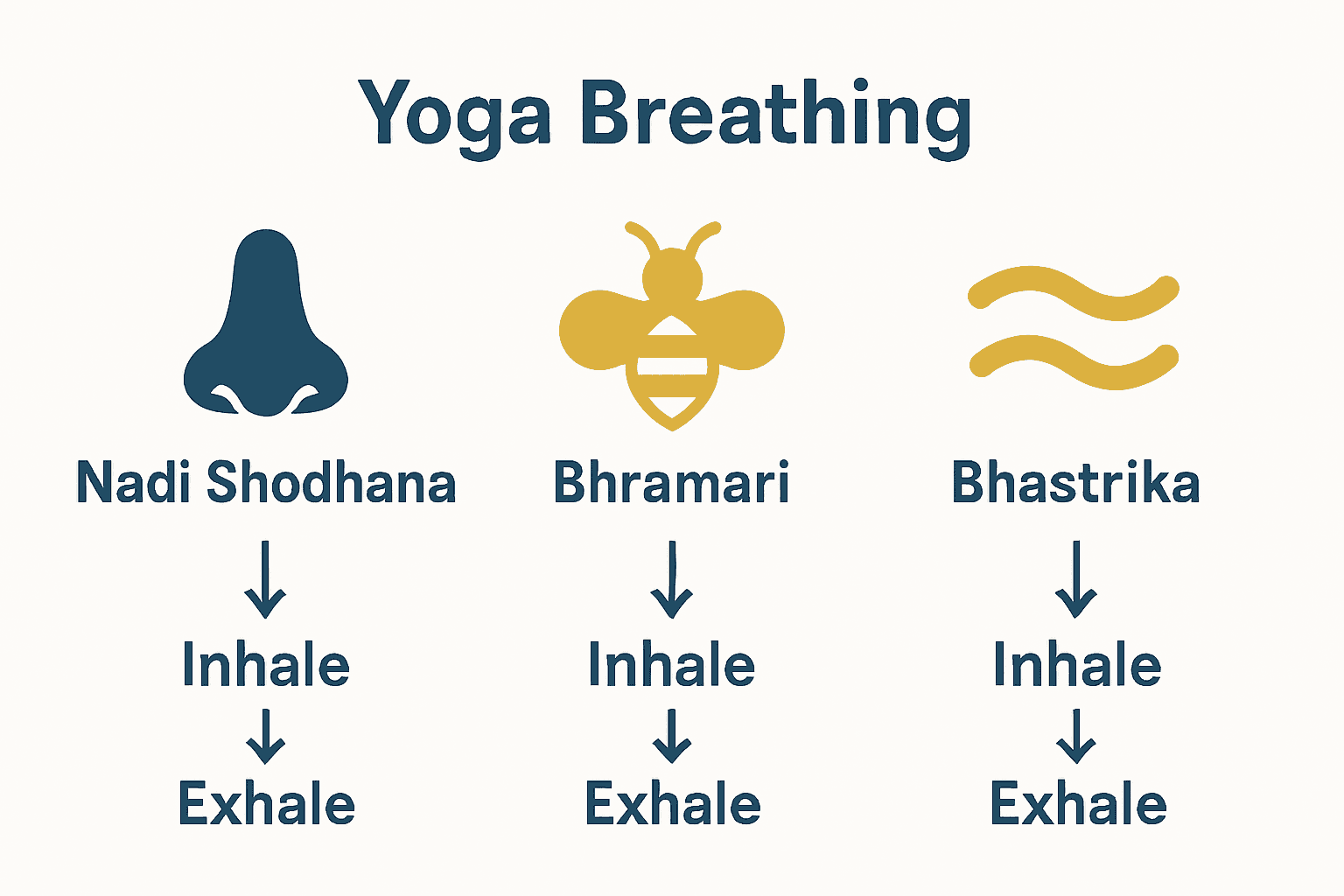
Step 4: Perform Key Beginner Yoga Poses for Stress Relief
Stress melts away when you connect your body and breath through gentle yoga movements. Health Kendra highlights several beginner poses that can dramatically transform your mental and physical well being.
Let’s start with Cat Cow pose a perfect sequence for releasing tension in your spine and neck. Begin on your hands and knees. As you inhale, drop your belly and lift your chin creating a gentle backbend. On the exhale, round your spine like an angry cat tucking your chin to your chest. This fluid movement helps release lower back tension and awakens your spine.
The Standing Forward Bend is another incredible stress buster. Stand with feet hip width apart and slowly fold forward letting your head and arms hang heavy. Economic Times suggests this pose increases brain blood flow and instantly calms your nervous system. Allow gravity to pull tension from your neck and shoulders.
Pro Tip: Move slowly and breathe deeply. Your body is not a competition its a conversation.
Child’s Pose offers pure relaxation. Kneel on the floor sit back on your heels and stretch your arms forward. Press your forehead into the mat and breathe deeply. This restorative pose signals your body to shift from fight or flight into rest and digest mode.
Finally Mountain Pose helps you ground yourself. Stand tall with feet together distribute your weight evenly and take several deep breaths. This simple pose helps reset your posture and mental state. Your next step is practicing these poses consistently to build strength and inner calm.
Step 5: Evaluate Physical and Mental Relaxation Results
Tracking your yoga journey is like keeping a personal wellness diary where you document the subtle yet profound changes happening within your body and mind. Pubmed research demonstrates that yoga can significantly reduce stress more effectively than many other interventions.
Start by creating a simple reflection journal. After each practice jot down how you physically feel. Notice areas of tension that have softened or muscular tightness that seems to be releasing. Pay attention to your breath are you breathing more deeply? Do you feel more expansive and relaxed?
Mental evaluation is equally important. Clinical trials show that consistent yoga practice improves mental health domains beyond traditional relaxation techniques. Notice your emotional landscape. Are you feeling more patient? Less reactive to daily stressors? Do challenging situations seem more manageable?
Pro Tip: Be kind to yourself. Progress in yoga is not linear it is a gentle unfolding.
Consider tracking specific markers like sleep quality mood stability and overall energy levels. You might discover improvements happen gradually some days will feel more transformative than others. Some practitioners notice enhanced concentration reduced anxiety and a greater sense of inner calm within just a few weeks of consistent practice.
Remember that your yoga journey is uniquely yours. What matters most is how you feel not how perfectly you perform each pose. Your next step is to continue exploring this beautiful path of self discovery and mindful movement.
Ready to Transform Your Stress Relief Rituals Into Total Self-Care?
You have just unlocked the first steps toward a calmer, more centered life with easy beginner yoga poses and breathing techniques. If you found clearing your space and using simple props made a difference, imagine taking your home wellness journey even further with beauty and self-care products formulated specifically for relaxation and recovery. At GNS Beauty & Personal Care, we make it easier to support your yoga routines and self-care goals with luxurious eco-conscious essentials curated for comfort and mindfulness.
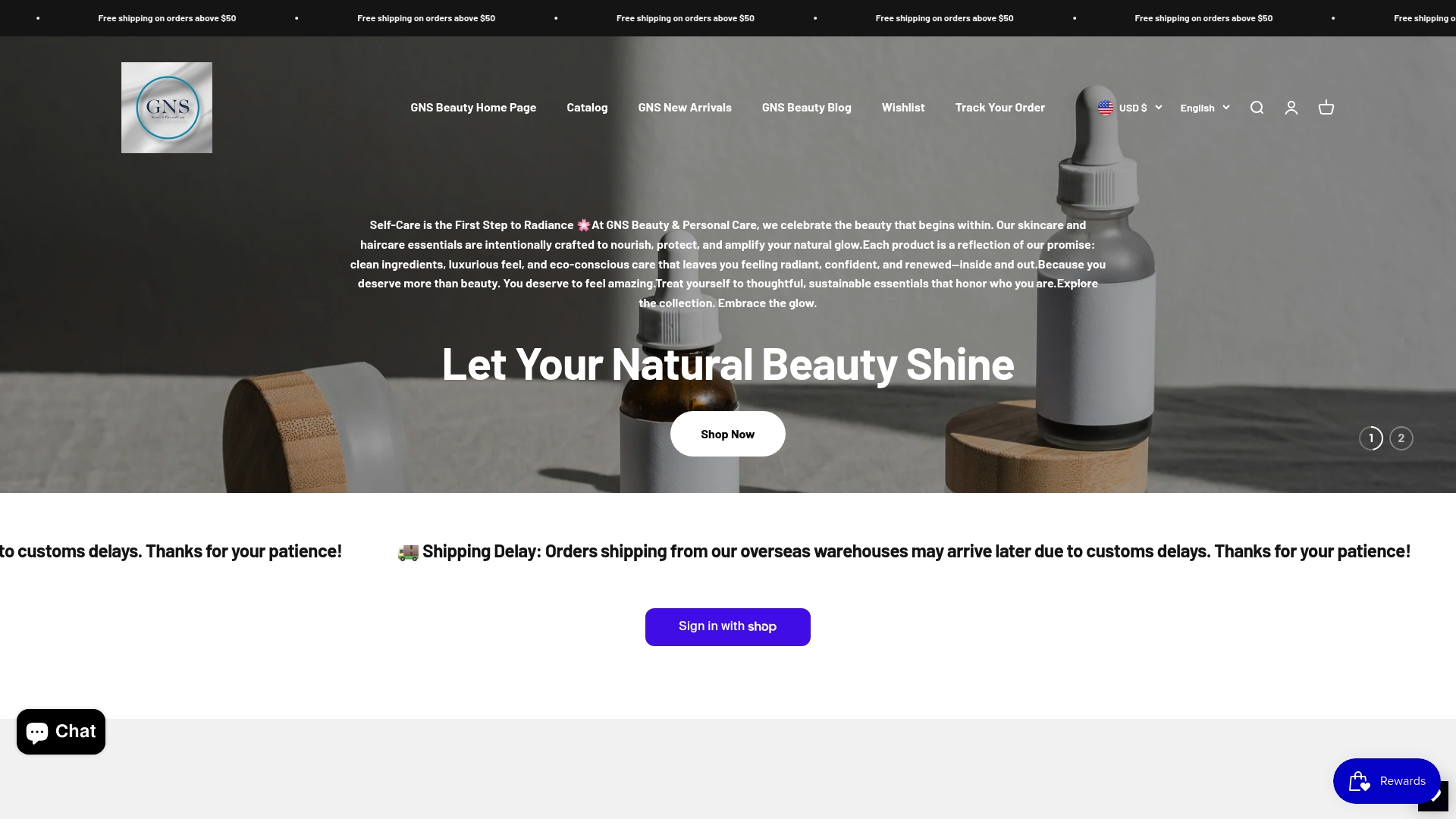
Why wait to feel your best? Shop our new wellness arrivals now and discover top-rated options for creating a soothing yoga environment, whether you want calming skincare, fitness accessories, or stress relief self-care favorites. Begin your next step to lasting tranquility by visiting GNS Beauty & Personal Care today. Your mind and body deserve this upgrade.
Frequently Asked Questions
What are some beginner yoga poses for stress relief?
Beginner yoga poses for stress relief include Cat Cow, Standing Forward Bend, Child’s Pose, and Mountain Pose. Start practicing these poses daily to promote relaxation and reduce tension in your body and mind.
How can I effectively integrate breathing techniques with my beginner yoga poses?
To integrate breathing techniques, start by practicing pranayama techniques like Nadi Shodhana and Bhramari during your yoga routine. Focus on inhaling deeply as you stretch and exhaling fully as you relax into each pose to enhance your overall experience.
How often should I practice these beginner yoga poses for stress relief?
Aim to practice beginner yoga poses at least 3-4 times a week to experience noticeable stress relief and mental clarity. Regular practice, ideally over several weeks, can lead to gradual improvements in your mood and relaxation levels.
Can I use yoga props in my stress relief practice?
Yes, using yoga props like blocks, straps, and bolsters can significantly enhance your comfort and alignment in poses as a beginner. Incorporate them into your routine to support your body and make the practice more enjoyable.
What should I do if I feel tension in my body during yoga?
If you feel tension, modify the pose or use props for support to avoid strain. Continuously listen to your body and only push to a comfortable limit, gradually working on flexibility over time.
How do I track my progress in yoga for stress relief?
Create a reflection journal to document your physical and emotional state after each practice session. Note any changes in tension, mood, or relaxation to observe your progress over weeks or months.
Recommended
- Understanding Sunday Reset: Your Ultimate Guide to a Restorative Self-
- Understanding Easy Home Workouts for Seniors: A Comprehensive Guide
- News
- Understanding Skincare Routine for Teens with Oily Skin
- What Is Somatic Yoga? Discover Its Transformative Benefits - Plentiful
- Massage Therapy for Beginners: Achieve Relaxation and Relief - Verdure Registered Massage Therapy


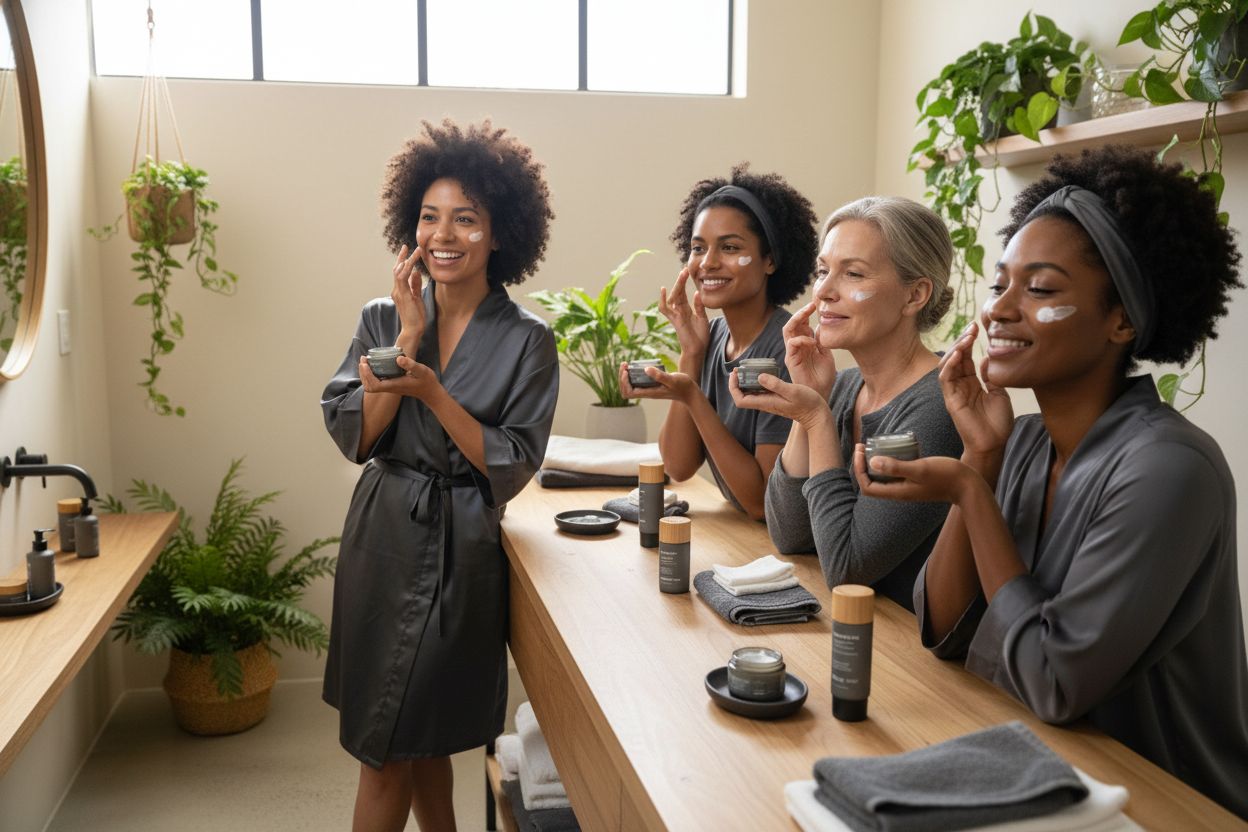
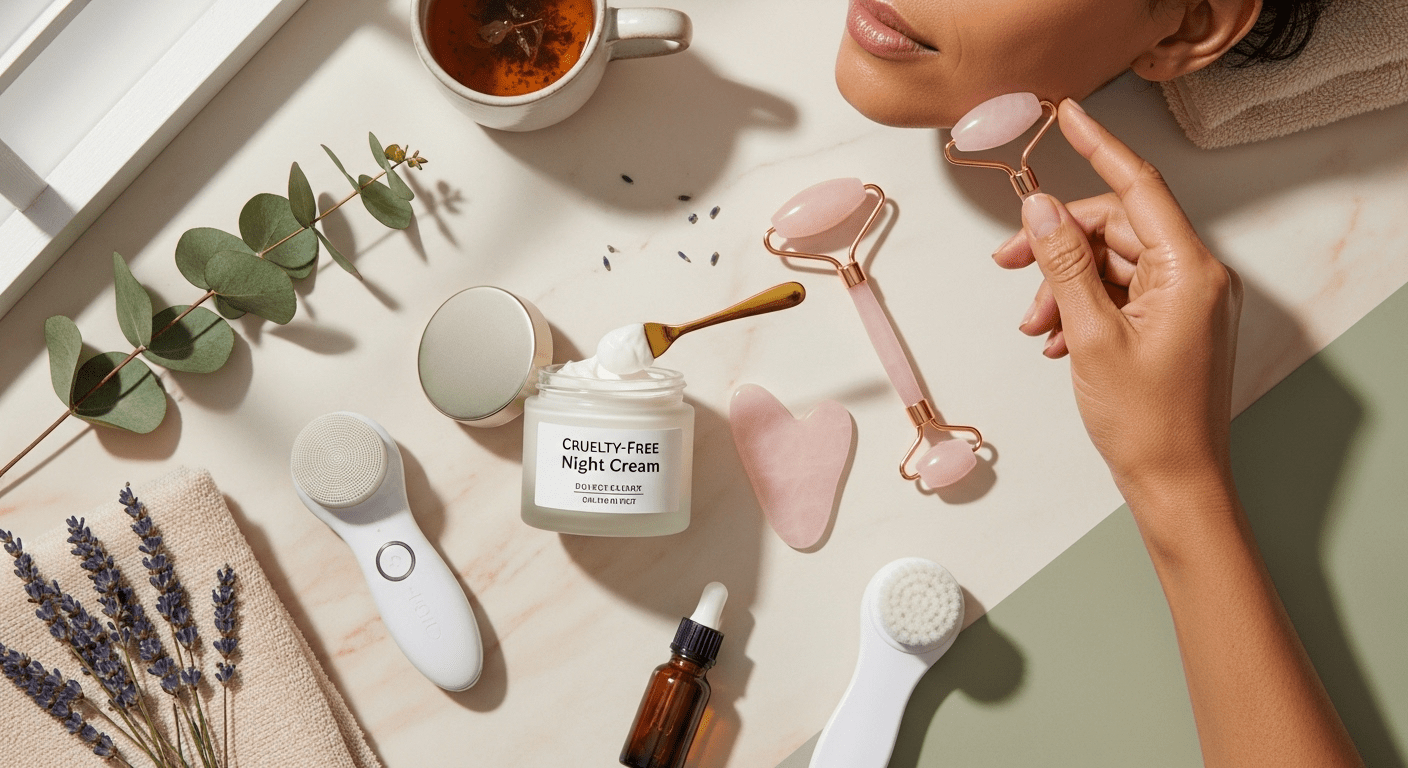




Leave a comment
All comments are moderated before being published.
This site is protected by hCaptcha and the hCaptcha Privacy Policy and Terms of Service apply.